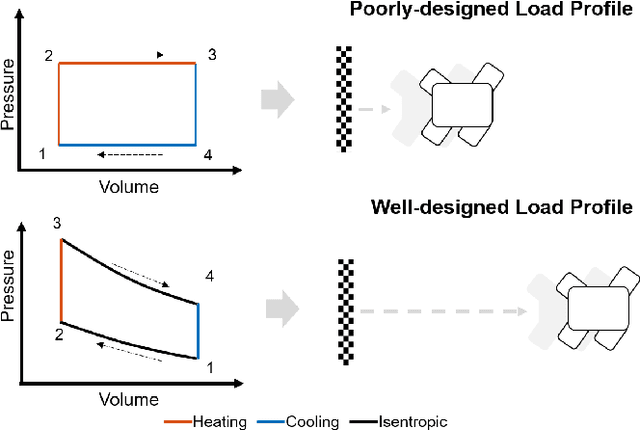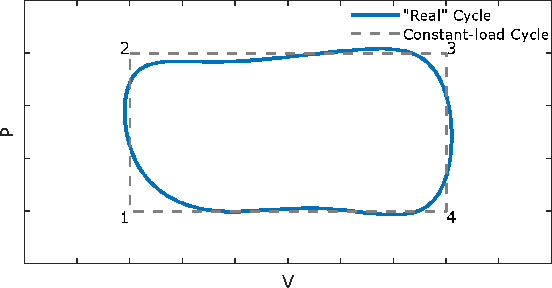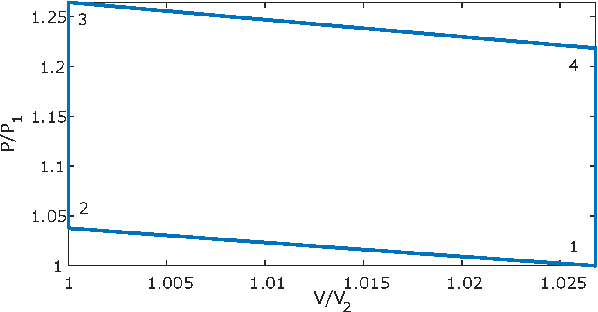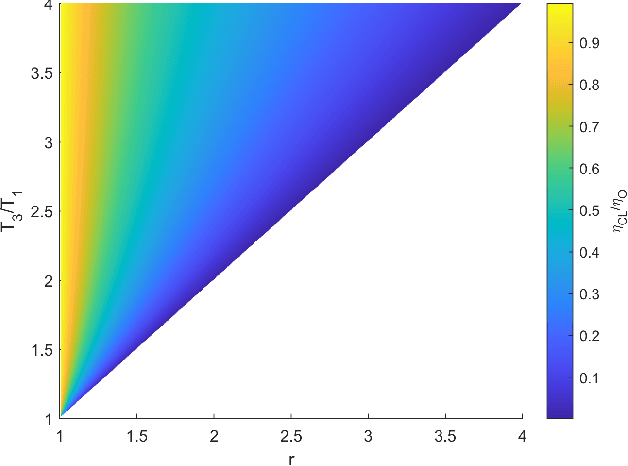Thermodynamically-informed Air-based Soft Heat Engine Design
Paper and Code
Mar 25, 2021



Soft heat engines are poised to play a vital role in future soft robots due to their easy integration into soft structures and low-voltage power requirements. Recent works have demonstrated soft heat engines relying on liquid-to-gas phase change materials. However, despite the fact that many soft robots have air as a primary component, soft air cycles are not a focus of the field. In this paper, we develop theory for air-based soft heat engines design and efficiency, and demonstrate experimentally that efficiency can be improved through careful cycle design. We compare a simple constant-load cycle to a designed decreasing-load cycle, inspired by the Otto cycle. While both efficiencies are relatively low, the Otto-like cycle improves efficiency by a factor of 11.3, demonstrating the promise of this approach. Our results lay the foundation for the development of air-based soft heat engines as a new option for powering soft robots.
 Add to Chrome
Add to Chrome Add to Firefox
Add to Firefox Add to Edge
Add to Edge